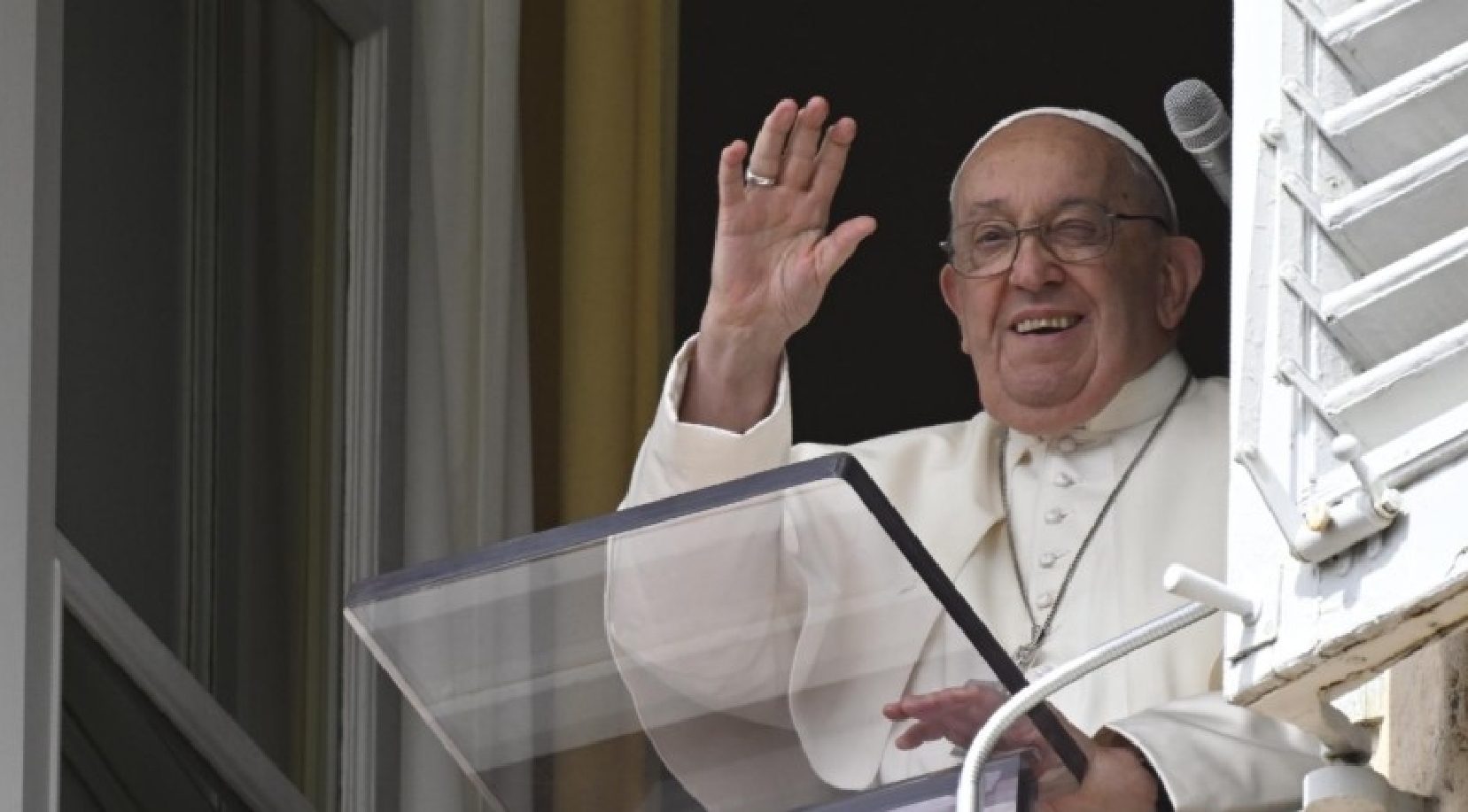As I stood near rattlesnake master, a plant of the prairie, bison thundered across grasses with a great sweep of fire raging behind them. Bison and fire, they once kept the great Southeast Prairie healthy. Of course I imagined the bison and fire.
I did not imagine the rattlesnake master. It was real, a reminder of all that we’ve lost. Once, however, that might have been the scene where I stood, its location a secret.

If you know where to go, you can find remnants of the great prairie that once spread across the Southeast. Think of them as native grasslands. My interest in remnants of the Southeast’s great, but forgotten, grassland began with an artist.
Landscape artist Philip Juras and I met late one afternoon, early evening is more like it, to discuss a project, exploring remnants of native grasslands. Philip’s remarkable work presents native habitats to us in a way that’s beyond beautiful. It’s gloriously important.
When you see Philip’s work it startles, then mesmerizes you. In his own words his paintings express his “desire to both explore and understand the patterns of the natural world.” Philip merits further description.
From his website He’s had solo exhibits at the Chicago Botanic Garden and Illinois State Museum; the Telfair, Morris, and Marietta-Cobb museums in Georgia; and the Biblioteca Virgilio Barco in Bogotá, Colombia. He has published three books in conjunction with his exhibits, one of which won a Georgia Writer of the Year award. His work has been profiled by Garden and Gun, The Bitter Southerner, Minding Nature, Georgia Alumni Magazine, Athens Magazine, radio station WTTW, and other media, and he has been the featured speaker for numerous events.
Since 2009, Philip has volunteered as a wildland firefighter type 2, or “ecoburner,” with the Georgia Department of Natural Resources and The Nature Conservancy. And so it was we were discussing native grasslands of the Southeast. Our plan is to visit several.
He told me of one and I found it on a steamy Sunday. The air was heavy and still. Muggy’s the word.
There I saw the strangely beautiful rattlesnake master. It stood out, and it should stand out. It’s a vestige of a lost world.
Some 120 million acres of native grasslands vanished to habitat loss, urban sprawl, and the suppression of fire. I often say man is the worst thing to happen to this planet and there’s no denying it. It’s the truth.
And how did rattlesnake master, a plant of prairie remnants, earn its name? Native Americans used it as preventive medicine when handling rattlesnakes in ceremonies. It did not help if you’re bitten, as colonists who took up Native Americans’ ways found out and does not help today. William Bartram, that American naturalist, writer and explorer of the 1770s, wrote that elk used to range as far south as Lincoln County, Georgia.
Over in Edgefield County, South Carolina, there’s a place called Lick Fork, where bison used to gather. Elk and buffalo grazing in grasslands where winds ghost over the prairie like spirits. Virgin forests and wild rivers where shoals lilies bloom come spring.
Pristine Carolina bays. I grew up hearing the silky whistle of the bobwhite. The only place I hear them now are in the savannas of Carolina bays.
Can we comprehend how the Southeast once looked? I don’t think so. Just about all we see today are pines, houses, and stores. But amid all the clutter something marvelous hides.
Philip tells me that in some pastures and powerline rights-of-way remnants of the vast prairie survive. I aim to see them, photograph them, and write about them. And Philip will render them for us to see and to marvel over.
His MLA thesis examined grasslands that flourished in the Southeast before European settlement, a subject that continues to inspire his artwork and it will inspire you. I’ll write more of the prairie remnants and I’ll share photographs with you when I do. Rattlesnake master .
..don’t you find it strangely beautiful? TOM POLAND Georgia native Tom Poland writes a weekly column about the South, its people, traditions, lifestyle, and culture and speaks frequently to groups in the South.
Governor Henry McMaster conferred South Carolina’s highest civilian honor, the Order of the Palmetto, upon Poland, stating, “His work is exceptional to the state.” Poland’s work appears in books, magazines, journals, and newspapers throughout the South. Get opinion pieces, letters and editorials sent directly to your inbox weekly!.



















